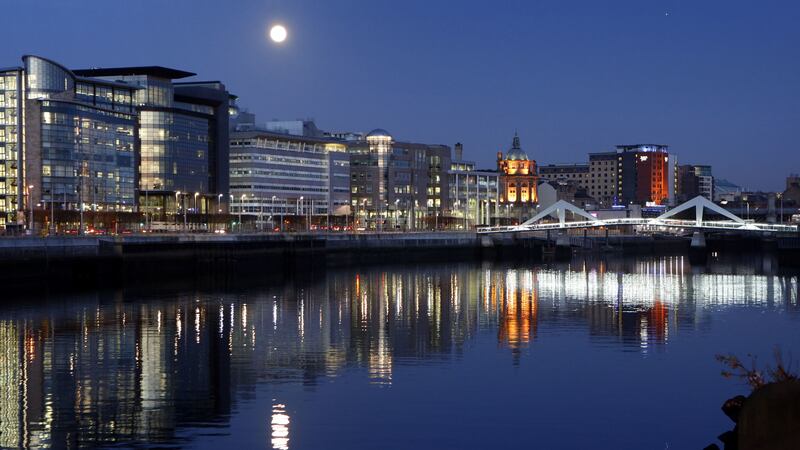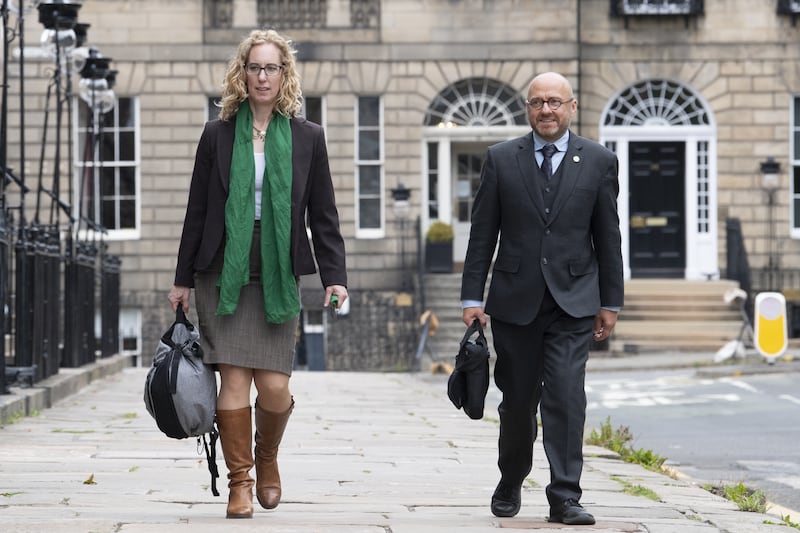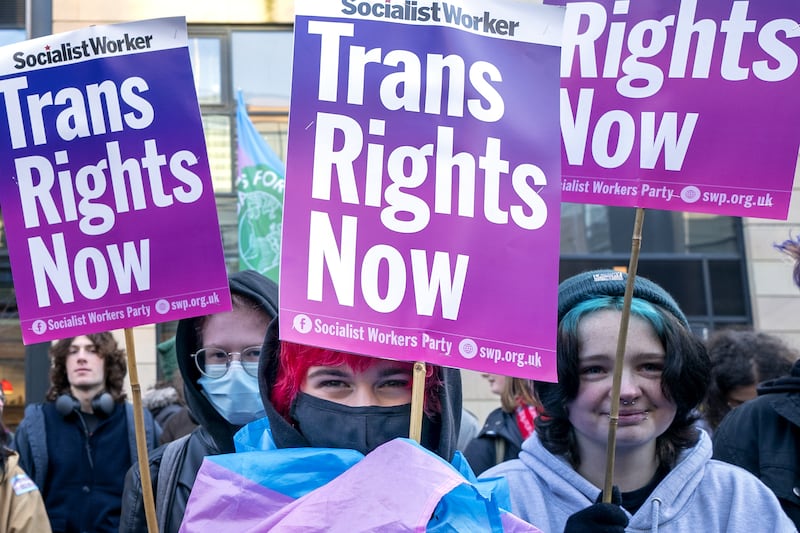Rivers flowing through Scotland’s towns and cities and the green spaces between buildings can act as vital low-carbon heat sources to help achieve climate targets, according to a new report.
The Green Heat in Greenspaces study suggests using heat pump technologies in urban rivers and green spaces as alternative major low-carbon heat generators.
It says doing so can potentially supply nearly 80% of the heat demand from Scotland’s towns and cities, saving 4.7 million tonnes in carbon dioxide equivalent.
Last month we launched a consultation on our Heat in Buildings Strategy.
7 virtual workshops, starting on Monday 8 March, are being held to help shape the Strategy.
Find out more, sign up to a workshop or take part in the consultation here ⤵️https://t.co/CEvv86VU8W pic.twitter.com/jK2aRQZnmI
— ScotGovEnergy (@ScotGovEnergy) March 2, 2021
The Scottish Government’s recent draft Heat in Buildings Strategy indicates that by 2030, the country would need to move one million homes and 50,000 non-domestic buildings off the mains gas grid – as well as converting 167,000 buildings currently off the mains gas grid to greener sources of heat.
Heat pumps, which are in widespread use in countries like Sweden, Norway and Austria, can extract some of the sun’s heat from air, water or the ground and concentrate it through a process that compresses refrigerant gases into a small volume.
Small increases in temperature can boost the water heat significantly before transferring it to a single or hundreds of buildings, with the latter requiring a system of inter-connected, sub-surface water pipes known as a district heat network.
The report highlights Scotland’s best example of the technology in use as the recently operational scheme at Queens Quay in West Dunbartonshire. There, heat is extracted from the River Clyde and delivered to a range of new buildings on the site of what was once the John Brown Shipyard.
Julie Procter, Greenspace Scotland chief executive, said: “Wind turbines are now a familiar sight, producing clean, green electricity.
“Scotland has an enviable track record in shifting to renewable sources of electricity.
“However, we remain bottom of the European league table for renewable heat, with just 7% of our heat demand being met from low-carbon sources.
“The Green Heat in Greenspaces study shows that Scotland has huge natural reserves of heat locked up in its water bodies and under its green spaces yet we have barely scratched the surface in terms of their utilisation.”
New Green Heat in Greenspaces research published today
Using heat pump technology Scotland's urban rivers and greenspaces could supply 79% of heat demand of our towns & cities https://t.co/5zT0q9PPSF#ParkPower #renewableenergy #NetZero #greenheat pic.twitter.com/sXacNi0jst
— greenspace scotland (@greenspacescot) May 20, 2021
While cities like Perth, Aberdeen, Stirling and Inverness are labelled ideal candidates for major river-based heat schemes, Glasgow is said to have the greatest capacity to offset its carbon footprint.
Glasgow city councillor Anna Richardson, convener for sustainability and carbon reduction, said: “We have been heavily involved as a partner in the Green Heat in Greenspace programme to explore how our green and blue spaces could be used to support renewable energy opportunities.
“We recognise the huge, untapped potential to utilise these assets to address our climate and energy challenges without having a negative impact on current users.
“Glasgow owes much of its industrial pre-eminence to its location on the Clyde and it is a resource that keeps on giving.
“As the world’s attention focuses on Glasgow for Cop26 over the coming months, innovative low-carbon heat solutions like this demonstrate how the city can address its 21st century challenges.”
Congratulations also to @MathesonMichael, Scotland’s first Cabinet Secretary for Net Zero, Energy & Transport. We look forward to collaborating with you on meeting our ambitious emissions targets and making #COP26 in Glasgow a success. pic.twitter.com/XgubL1VHKb
— wwfscotland 🌍 (@WWFScotland) May 19, 2021
WWF Scotland climate and energy policy manager Holly O’Donnell said: “This report makes clear that a huge source of low-carbon heat is hiding in plain sight.
“With home heating accounting for nearly a quarter of Scotland’s climate emissions, it’s vital that we make use of this resource by building the networks that can bring this heat into our homes and buildings.
“The Scottish Government needs to accelerate the rollout of this technology if we’re to meet our climate targets and create the green jobs of the future.”








